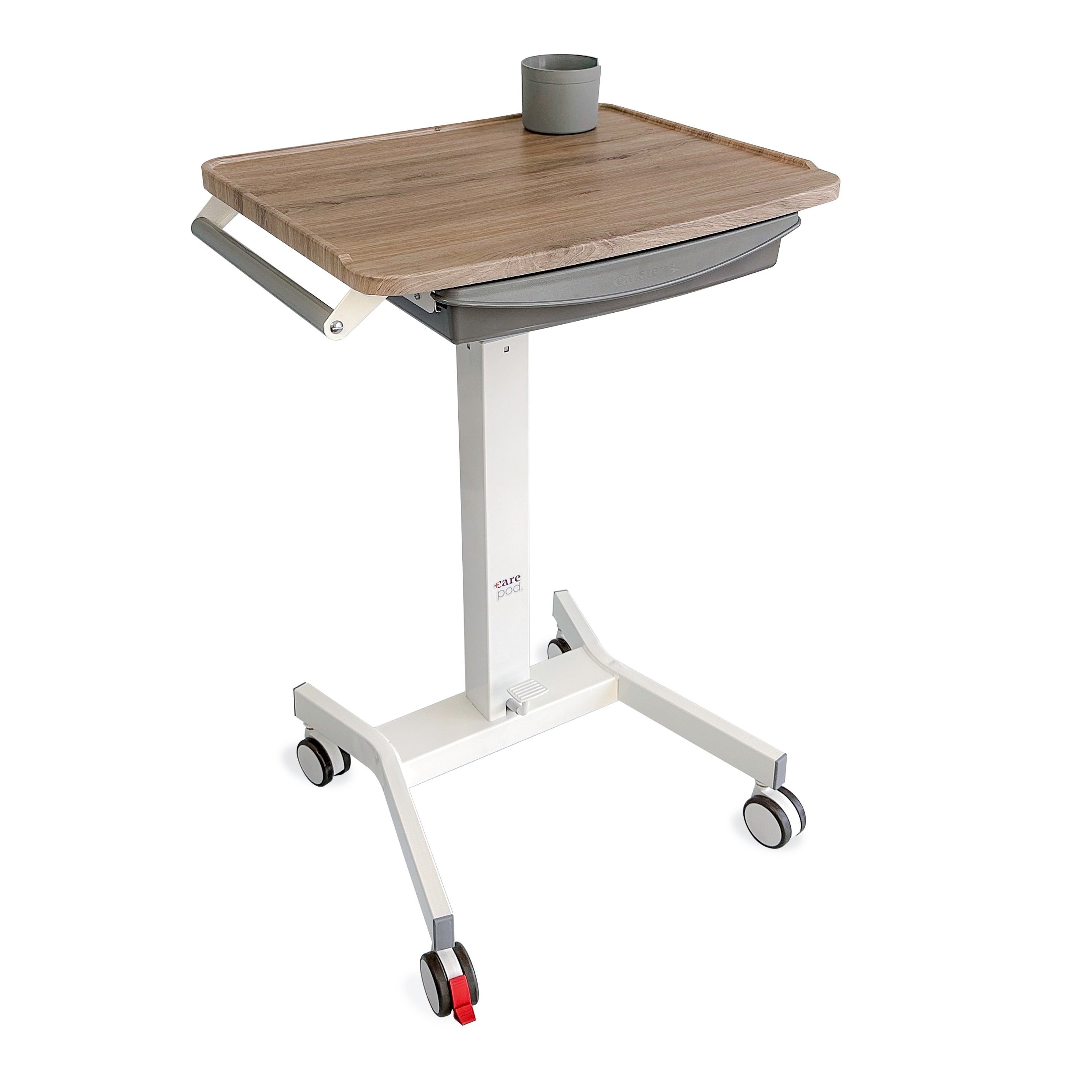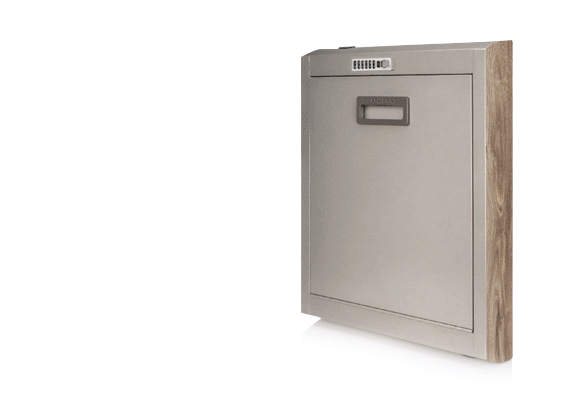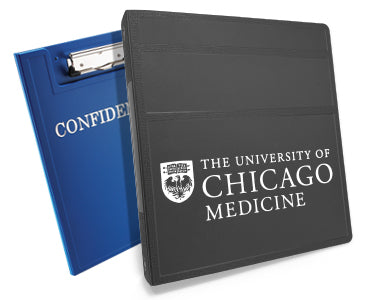Concise and accurate patient charting is vital to the role of a nurse. Charting allows nurses to share critical information with the entire healthcare staff. Along with that, a patient chart is a legal document that outlines the services provided, procedures performed, and medications administered to the patient. With all that on the line, you need to focus on efficient patient charting. Here are some of our best charting tips.
Why Is Patient Charting Important?
There are many reasons why patient charting is vital in the medical industry. First, it records everything done regarding the patient's medical care, such as past medications and treatment. If the patient's health starts to decline, the providers can look back through the record to see a possible source of the medical issue.
Unfortunately, medical malpractice is also a concern for those providers and staff members. Charting documents what happened to the patient and can be used in court to outline the individual level of care. In some cases, these medical malpractice cases are filed years after the interactions. A chart allows the medical team to remember all the patient's health and treatment details.
In the nursing profession, patient charting is just a fact of life. While most nurses and doctors love to help their patients, that paperwork is daunting but necessary. Sloppy charting is not what you want for your healthcare facility or office. You need to use the right tips and supplies for the charts.
Are you looking for the right supplies and equipment to help with patient charting? At Carstens, we have an extensive line of products to boost the efficiency of your charting system.
With all of that in mind, here's a look at a few tips for your patient charting.
Medical Charts Are Legal Documents
While the chart's focus is to provide exceptional care, the patient's chart is also a binding legal document. These documents can be a resource for lawsuits or payment disputes. For this reason, notes must be clear, accurate, and objective in the chart. By doing that, the nursing staff members and healthcare providers will be protected in case of any problem.
Since you need to keep these charts and documents organized, use the 2-Inch Heavy-Duty 3-Ring Binder for Medical Charting with Side Opening for those charts. This binder is manufactured with premium polypropylene plastic that will handle the demands of the nursing staff and protect those viewable charts. This three-ring binder is compatible with a broad variety of accessories, such as adhesive pockets, spine labels and cards, index tab dividers, sheet protectors, clipboard clip attachments. These professional ring binders will help your team stay organized by retaining these documents for years to come.
Related: Paper Charting Tool Kits
Use Standard Medical Terminology
Along with organizing your charts, you need to think about the terms and words in the chart. When you want to communicate with other staff members, always use the standard terminology. Standardizing your communication in a patient's chart can also reduce the risk of any email errors. With these terms, nurses from different hospitals or countries can use the terminology in the charts. As a result, these medical professionals can identify the issue and effectively treat the patient.

Avoid Using Restricted Abbreviations in Patient Charting
Along with using standardized terminology, never put restrictive abbreviations in the charts. Often, the use of these abbreviations can lead to costly medical errors. Every healthcare provider must familiarize themselves with the "Do Not Use" list of abbreviations from the Joint Commission. Once you have reviewed this list, use it for all of your chartings. The "Do Not Use" list was created to prevent and reduce those medical errors. Sometimes, abbreviations can be misunderstood or misinterpreted on a patient's chart. Any medical professional should be able to pick up the chart and understand the notes. When you follow those guidelines, you should write in complete words and avoid most abbreviations. For example, some nurses will write "u" instead of writing out the word "units."
Related: Enhance Your Charting Organization with Customized Dividers from Carstens
Stop Double Charting
In the medical industry, double charting is a way of life, but you don't want to do more work for yourself. What does that mean? Many of these systems have flowsheets, especially electronic charting systems. Once you have charted something in the electric chart, you don't want to mention it in the narrative notes unless you need to add those details for better context. Another example of inefficient double charting is documenting the patient's meals in the flowsheets and then charting the dinner in the narrative notes.

Save Time by Integrating Technology
Electronic health records (EHR) have revolutionized the world of patient charting. Today, nurses can improve their charting accuracy and save time by using these EHRs for patients. Medical professionals can document their observations, perform treatments, and administer medication at the patient's bedside. With effective EHRs for your charting, you can also improve the communication levels between team members. Electronic charting is one way to avoid mistakes and save time in the industry.
Use the EHR Dictation Functionality
What is another great feature of EHR? The dictation functionality. Many EHRs have these features that enable healthcare professionals to record their notes by voice. The dictation functionality allows everyone to save time, especially nurses with many patients. All the nurses have to do is record those vital details at the patient's bedside. However, when utilizing the dictation feature for a medical chart, it is essential to review the information, so there are no mistakes in the record. The EHR downtime toolkit serves as a quick reference and paper back-up tool that are available during outages in order to maintain patient care and documentation. Remember, accuracy is critical with these charts.
Related: Electronic Medical Records: Pros and Cons
Document To Medical Necessity
All of those medical charts are an outline and record of the patient's care. These charts must include all pertinent details about the nursing staff's interaction with the patient. In a chart, all the care must be documented, including educating the patient about treatment and relevant family interactions. When everything is written in a chart, it can provide a thorough record of medical care.
Proper charting is essential to avoid any costly mistakes. Using these tips, you can create efficient charts, providing better patient care.
Do you want the right supplies for your charting needs? At Carstens, we have workstations, supplies, and other equipment to help you be more efficient in your healthcare facility.






